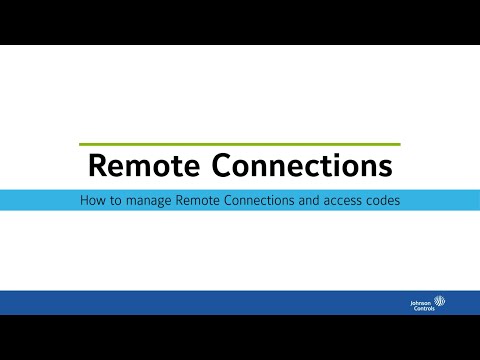Description Windows 7 is running into an issue with the Connectivity Status showing Pending: Testing Tunnel (2). Product Steps to Reproduce Update Server/Client to latest version on Windows. Solution Windows 7 is no longer on our list of Supported versions: exacqVision Professional Video Management System Software | Exacq from Tyco Security Products FRP is a… Continue reading Windows 7 Remote Connections
Tag: Remote Connections
Live View Search with Remote Connection Sub Streams does not Allow Live Search to Display Search Results
Description There have been 3 scenarios seen when searching from the live page on 24.12.7.0 Exacq Client if you have Sub Streams enabled.1. If you have remote connection enabled with sub streams searching from live will not return any search results.If you deleted the sub stream it will return search results as expected. 2. If… Continue reading Live View Search with Remote Connection Sub Streams does not Allow Live Search to Display Search Results
Remote Connections node not visible in ExacqVision Client
Some ExacqVision Client users report being unable to see the “Remote Connections” tab in some Environments. NOTE: This is typically an Operating System or Domain permissions issue. Products Steps to Reproduce In a restricted environment, or with a restricted user, launch the ExacqVision Client from the Desktop Icon, or folder. Expected Results When signed in… Continue reading Remote Connections node not visible in ExacqVision Client
Remote Connectivity Fails to Connect to Switchboard
Description When enabling Remote Connectivity for an exacqVision Server on the Remote Connections page within the Client, the Connectivity Status column displays an error. Issue Examine the message displayed in the Connectivity Status column on the Remote Connections page or the exacqVision System Logs. Disabled: SBS: listener stopped 1-CANCELLED May be caused by missing frpc… Continue reading Remote Connectivity Fails to Connect to Switchboard
exacqVision Mobile – Getting Started & Server Connections
This video shows users how to connect to exacqVision Servers and manage Server connections.<br><br> Chapters:<br>00:00 Intro<br>00:25 Connecting to your first server<br>00:39 Connecting with an access code<br>01:12 Connecting using a URL<br>01:34 Quick View<br>02:05 Connecting to additional servers<br>02:22 Managing server connections<br> <br>
exacqVision – Remote Connections
exacqVision 24.09 introduces the Remote Connections feature. This video for system administrators discusses the benefits of using Remote Connections as well as creating access codes for mobile users. This feature can be used with exacqVision Mobile 24.09 and above.<br><br> Chapters:<br>00:00 Intro<br>00:33 Features of Remote Connections<br>00:48 Network architecture<br>01:54 Enable Remote Connectivity in the Client<br>02:17 Mobile Optimized… Continue reading exacqVision – Remote Connections
Accessing exacqVision from Tablets and Phones using the exacqVision Mobile App
Overview exacqVision Mobile receives live and recorded video from the exacqVision Server The exacqVision Mobile app allows you to use Apple or Android tablets and smartphones to view live video from an exacqVision Server, search for recorded video, and more. To access your exacqVision server over the internet from exacqVision Mobile, additional configuration may be… Continue reading Accessing exacqVision from Tablets and Phones using the exacqVision Mobile App
How to Determine if a Mobile User is Connected Through Remote Connections
Description The exacqVision Mobile application provides the ability to connect straight to the exacqVision Server service, without the use of the exacqVision Web Service, when using server version 24.09 and higher. This connection can be made directly or by means of the Remote Connections feature. This article instructs users on how to determine which method… Continue reading How to Determine if a Mobile User is Connected Through Remote Connections
Remote Connections
exacqVision Server and Client versions 24.09 introduce our Remote Connections feature. This added feature currently only supports exacqVision Mobile. Connections for the Desktop Client, Exacq Mobile 3, or Web Client remain unchanged. Products What benefit does Remote Connections provide? Why don’t I have to configure port forwarding? Traditionally, users outside of a LAN wishing to… Continue reading Remote Connections

